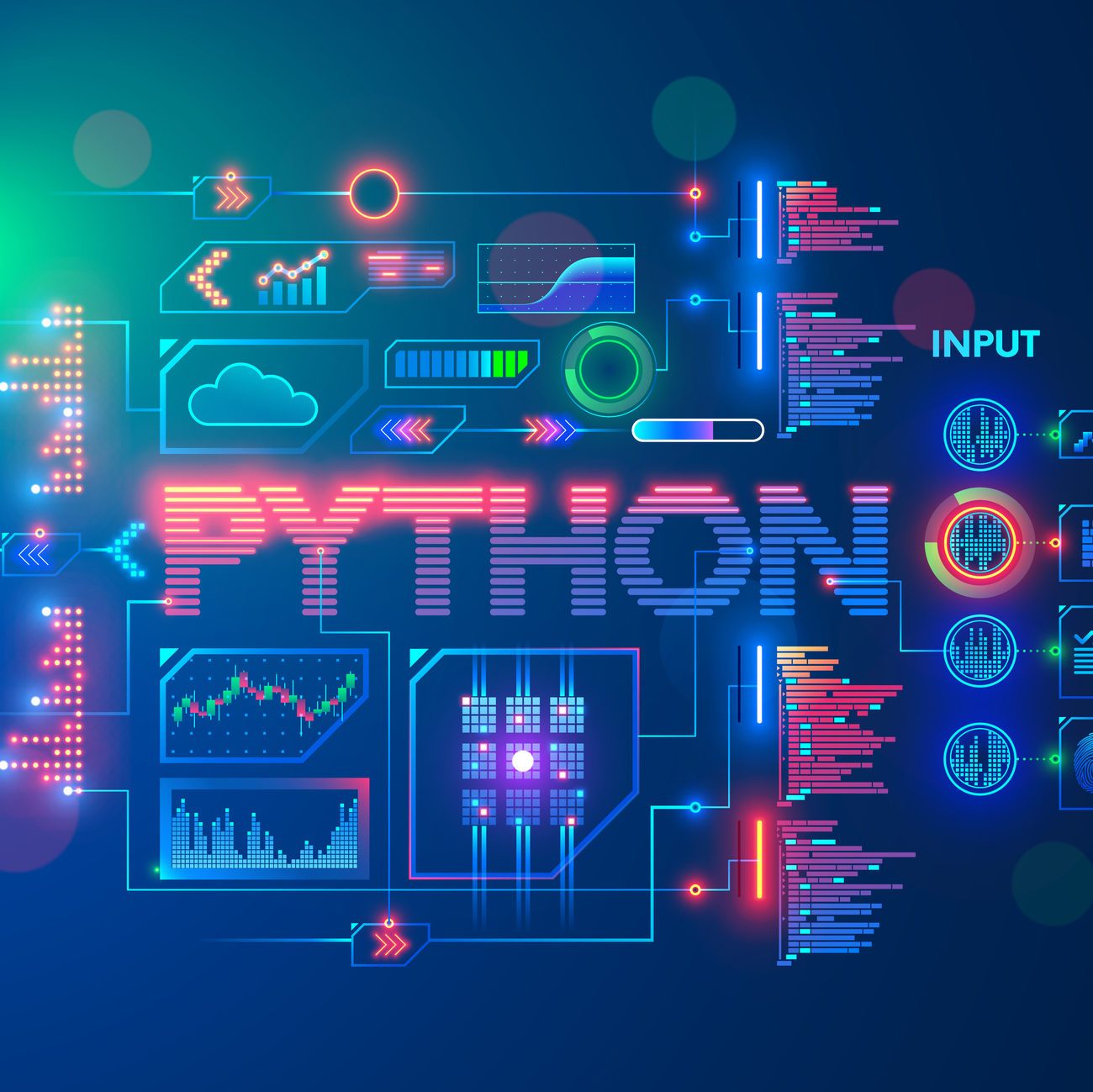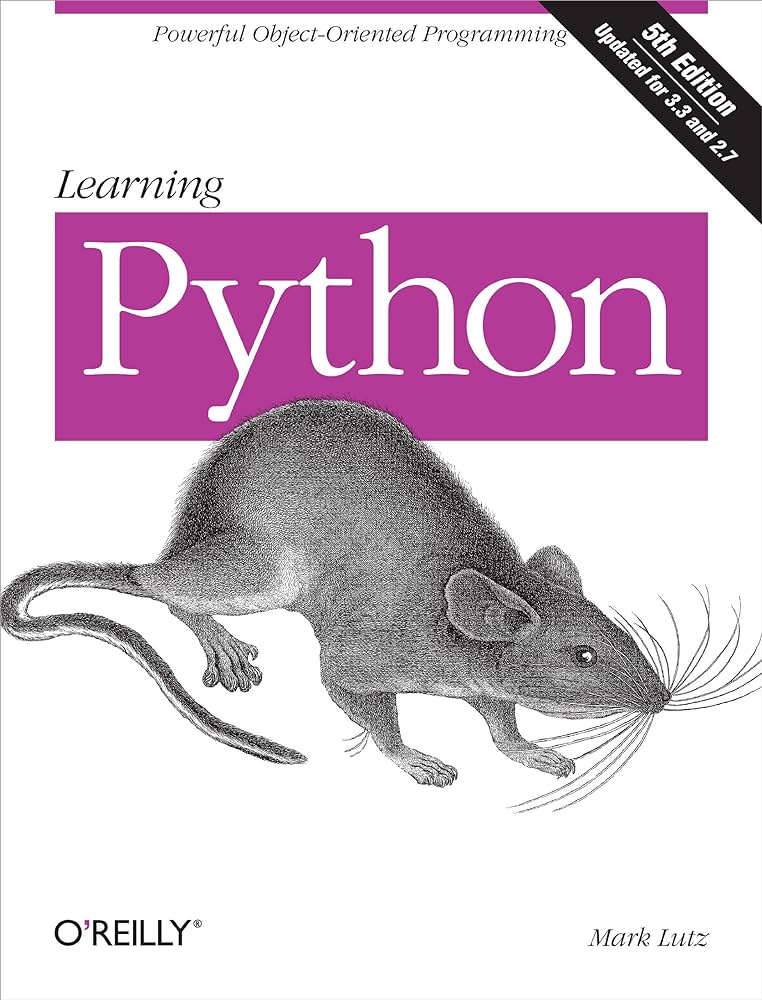
Unleashing Creativity: ComfyUI and the Python Revolution in AI Artwork
In the rapidly evolving landscape of artificial intelligence, tools like ComfyUI are making it easier than ever for both novice and experienced users to create stunning AI-generated artwork. Recently, ComfyUI has introduced a new beta version of its desktop app, marking a significant shift from a complex tool designed primarily for developers to a user-friendly application suitable for a wider audience.
Creating AI-generated artwork just got easier with ComfyUI.
A Look at ComfyUI V1
The latest iteration, ComfyUI V1, provides a robust framework for generating high-quality AI images leveraging various models. This launch represents a pivotal moment in making AI artwork accessible—users are no longer burdened by the intricacies of installation or configuration, as the new system boasts a streamlined one-click installation process. Available across platforms including Windows, Mac, and Linux, this package empowers even the least technical users to dive into AI art creation with unprecedented ease.
ComfyUI encapsulates both simplicity and complexity. Users can create workflows that start with a simple text prompt and extend to intricate processes involving overlays and upscaling. The intuitive interface reduces the setup time dramatically, allowing for rapid creation of sophisticated artwork.
Key Features of ComfyUI
- One-click installation: catering to non-technical users
- ComfyUI Manager: integrated for better workflow management
- Auto-installed Python: ensuring the environment is ready for use
These features not only simplify the user experience but also enhance functionality with features such as multiple workflow tabs and custom key bindings—elements that seasoned users will appreciate. However, some complexities remain, which may intimidate very new users compared to other alternatives like Forge or Gradio.
Python: The Backbone of AI Development
As software development embraces AI technologies, Python has emerged as the leading programming language in this arena. Its combination of usability and a rich ecosystem of libraries tailored for AI—including TensorFlow, PyTorch, and Keras—positions Python as a powerful ally for developers looking to venture into AI and machine learning (ML).
According to the TIOBE Programming Community Index, Python has not only claimed the top spot among programming languages since 2021, but its popularity continues to skyrocket, making it the go-to language for AI applications. With 30% of programming language tutorial searches on Google focused on Python, it’s clear that its influence extends beyond traditional development into the realms of AI.
 The simplicity of Python fosters a growing community of AI developers.
The simplicity of Python fosters a growing community of AI developers.
Usability and Ecosystem
Why has Python become the de facto standard for AI? Its simplicity stands out; new developers can begin crafting functional code with minimal learning curve. The abundance of libraries tailored for data manipulation and AI—like NumPy and Pandas—further accelerates the development process, providing robust tools without overwhelming complexity.
Moreover, Python’s extensive ecosystem encourages rapid prototyping and development. Libraries that enhance performance, such as Cython and PyPy, allow developers to tackle large-scale AI projects with increased efficiency without sacrificing the language’s inherent ease of use.
Future Skills for Python Developers
However, while Python serves as an excellent entry point into AI, the future will require developers to refine their skill sets to remain competitive. As AI technologies evolve, understanding concepts like parallel programming and load balancing becomes imperative. Furthermore, as development shifts towards using AI agents—software that autonomously pursues goals—developers must learn to design programs capable of sophisticated task execution.
The demand for skills in AI will only grow, making it essential for developers to adapt.
Learning Resources and Continuous Improvement
For Python developers eager to embrace AI, the key is continuous learning. Many organizations, including Google and Snowflake, offer valuable educational resources, from free online courses to professional development stipends. Platforms like Coursera, Udemy, and even YouTube provide numerous training materials catering to both beginners and seasoned developers.
 Diving into online courses can elevate your AI skills significantly.
Diving into online courses can elevate your AI skills significantly.
Hands-on experience remains crucial. Creatively integrating AI projects into daily tasks can foster deeper understanding and skill building. For instance, personal projects like developing AI-based tools can illuminate practical applications of Python in real-world scenarios.
The Synergy Between Python and AI
As we forge ahead into an uncertain but exciting future, the synergy between Python and AI grows ever stronger. Its accessibility ensures that a diverse range of developers can harness the power of AI, while its adaptability keeps it relevant across various industries.
For developers, this is a moment of opportunity. By investing in learning and development now, they can equip themselves with the skills necessary to thrive in a fast-paced AI landscape. The marriage of creativity and technology exemplified by tools like ComfyUI and the capabilities of Python heralds a new era of artistic expression empowered by AI.
It is this blend of technology and imagination that could redefine boundaries—not just for developers but for everyone venturing into the world of AI-generated creativity. The future is bright, and the tools are in your hands.
Conclusion
As we witness the rapid advancements in AI and the democratization of creative tools through platforms like ComfyUI, it’s evident that a new age of artistic expression is upon us. Embracing the power of Python and exploring its capabilities in conjunction with AI could pave the way for a generation of innovative creators and developers. Learning and adapting to these tools not only ensures relevance in an ever-changing market but also caters to a growing appetite for AI-generated art.
In this evolving landscape, the only constant is change, and developers must remain vigilant and proactive. Take the steps today to explore these exciting possibilities and become part of the revolution.
Additional Resources
For those keen on expanding their knowledge of AI and Python, the following resources are highly recommended:
The journey into the world of AI is filled with uncharted territories and limitless potential. Now is the time to dive in and discover where your creativity can take you.















